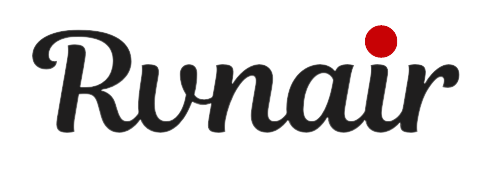
As the second quarter comes to a close, it’s essential to ensure your financial records are accurate and up to date. This checklist will help guide you through the process. Remember, while this checklist is broadly applicable, you may need to tailor it to fit the specific needs of your business and industry.
1. Reconcile Ledger Accounts with Bank Statements
- Review and Reconcile Financial Accounts: Ensure all transactions in bank statements, credit card statements, and other financial accounts are correctly recorded.
- Verify Accounting Entries: Confirm that the entries in your accounting system match the reconciled bank account balances.
2. Review Quarterly Financials
- Check for Anomalies: Carefully review your financial data to identify any discrepancies or unusual entries.
3. Review Second Quarter Accounts Payable (A/P)
- Outstanding Invoices and Payments: Assess any unpaid invoices and ensure payments are up to date.
- Accurate Balances: Verify that both A/P and accounts receivable balances are correct.
- W-9 Forms: Ensure you have received W-9 forms from all independent contractors (ICs); follow up on any missing documents.
4. Review Notes Receivable (N/R) and Notes Payable (N/P)
- Confirm Balances: Check that the balances in these ledger accounts are accurate.
- Current vs. Noncurrent Amounts: Review these amounts to ensure your quarterly financial statements are correct.
5. Review Accounts Receivable (A/R)
- A/R Aging Schedules: Examine aging schedules for bad debt and record any necessary write-offs.
6. End-of-Period Accruals and Deferrals
- Adjust Accrued Expenses or Revenue: Make adjustments based on estimates for accrued expenses or revenue.
- Review Deferrals: Adjust deferrals, such as prepaid expenses or unearned revenue, as necessary.
7. Reconcile Inventory Counts
- Physical Inventory Count: If applicable, reconcile physical inventory counts with recorded counts. If a physical count wasn’t done, use the gross profit method to estimate the inventory balance and compare it to your ledger.
- Adjust Inventory Values: Make any necessary adjustments to inventory values.
8. Review Payroll and Employee Benefits
- Verify Payroll Records: Ensure that payroll records, including salaries, taxes, and benefits, are accurate, and that ledger account balances are correct.
- Compliance: Ensure compliance with federal, state, and local regulations.
- Adjust Payroll Schedules: Account for any federal bank holidays.
9. Review Tax Compliance
- Tax Liabilities and Payments: Review and ensure all tax liabilities and payments are accounted for.
- File Tax Forms: Prepare and file all required tax forms, such as sales tax and payroll tax.
10. Review Financial Performance
- Analyze KPIs and Financial Ratios: Examine key performance indicators and financial ratios to identify trends and areas needing improvement.
11. End-of-Period Closings
- Close the Quarter: Finalize the quarter in your financial software.
- Backup and Security: Back up your financial data and ensure it is securely stored.
By following this checklist, you can ensure a smooth and accurate closing of your second-quarter books, setting your business up for continued success in the next quarter.
